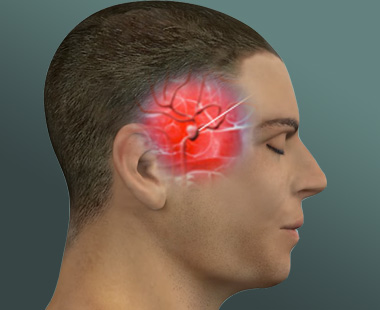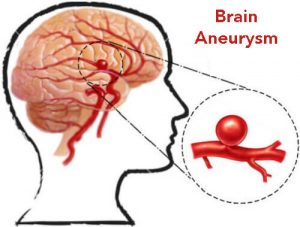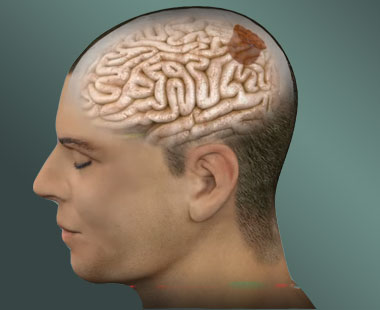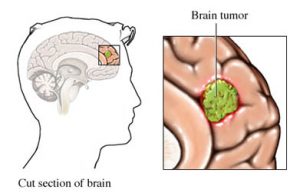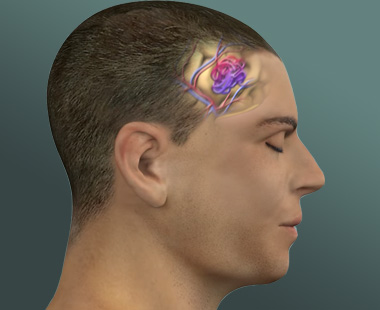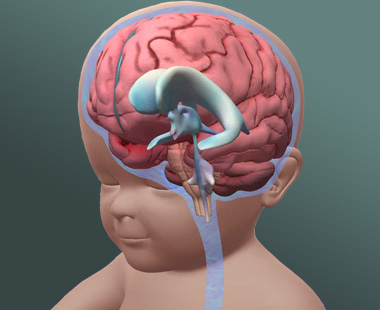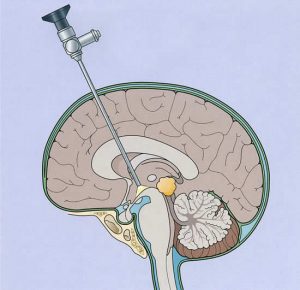What is Brain Aneurysm?
Brain aneurysm is an abnormal bulge in the brain’s blood vessel. When it leaks or ruptures, it causes bleeding into the brain, otherwise known as hemorrhagic stroke. A type of hemorrhagic stroke called subarachnoid hemorrhage occurs in the space in between the brain and the tissues covering it. This is the type of ruptured aneurysm that requires emergency treatment as it is life threatening.
What are the Signs and Symptoms of Brain Aneurysm or Cerebral Aneurysm?
A ruptured aneurysm always exhibits the following common symptoms:
- Headache that is extremely severe and sudden
- Vomiting and nausea
- Stiff neck
- Double vision (blurred)
- Light sensitivity
- Seizure
- An eyelid that drops
- Losing consciousness
- Being confused.
Leaking Brain Aneurysm
A small amount of blood can leak as a result of aneurysm leak. Severe headache that is sudden can only be caused by the leaking (sentinel blood).A leaking is always followed by a more serious rupture.
Un-Ruptured Brain Aneurysm
If the un-ruptured aneurysm is small it may not cause any symptoms at all. Nerves and tissues on the brain can be pressed by un-ruptured aneurysm that is large and it causes:
- Pain behind and above the eye
- The pupil is normally dilated
- Double vision or change in visibility
- One side of the face will be weak and numb or paralyzed
- The eyelid will droop.
- Development of a sudden headache that is extremely severe
- must prompt you to seek medical attention immediately.
What are the causes of brain Aneurysm?
There are many conditions and factors that can lead to the formation of brain aneurysms.
The most common are smoking and uncontrolled high blood pressure. There are also genetic conditions including connective tissue disorders and polycystic kidney disease that can lead to aneurysm formation.
How is brain aneurysm diagnosed?
The majority of brain aneurysms never cause health problems; because of that, many go undiagnosed. Brain aneurysms typically are discovered only after a rupture, when the unruptured aneurysm is causing head pain, or when someone is undergoing tests for another condition. There are four main tests that can detect a brain aneurysm.
- Angiography (also referred to as a cerebral angiogram) is a test in which dye is injected in the body. As the dye travels through veins and arteries, x-rays are taken and analyzed to determine the site of the aneurysm.
- A computed tomography (CT) scan provides a detailed x-ray of the head that shows images of the brain and skull layer by layer.
- A Magnetic resonance imaging (MRI) is another way to capture an image of the brain in detail.
- Cerebrospinal fluid analysis is a test in which fluid is extracted from the space between the spinal cord and surrounding membrane and is tested for signs of bleeding or hemorrhage.
How is brain aneurysm treated?
The two common treatment methods for ruptured brain aneurysm are surgical clipping and endovascular coiling.
Surgical clipping involves a procedure of closing off an aneurysm. The doctor places a metal clip on the blood vessel that feeds the aneurysm to stop blood from flowing through it.
Endovascular coiling is less invasive. A surgeon inserts a catheter into the artery from the groin. Through this catheter, a wire is inserted to coil up inside the aneurysm to disrupt the blood flow.
